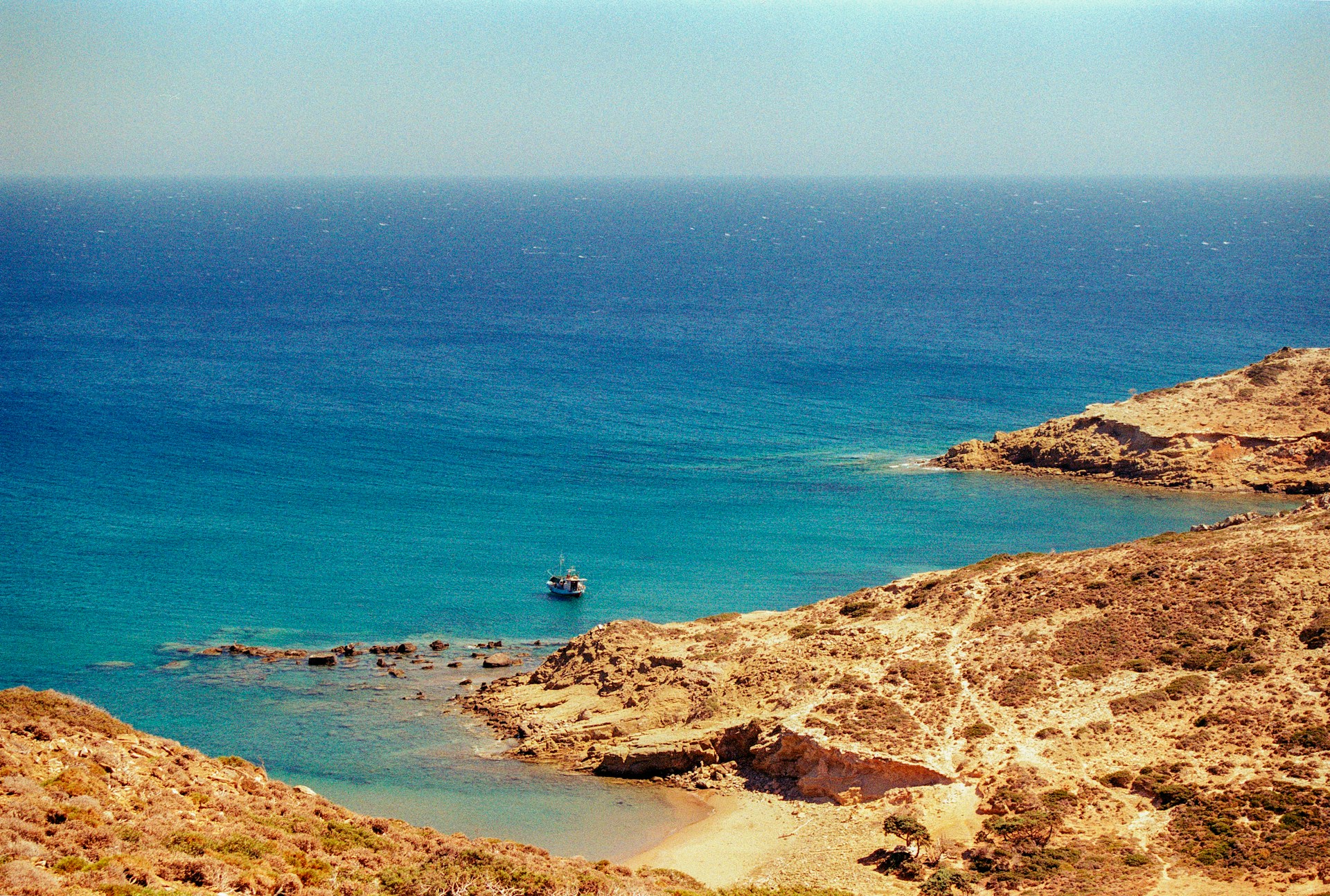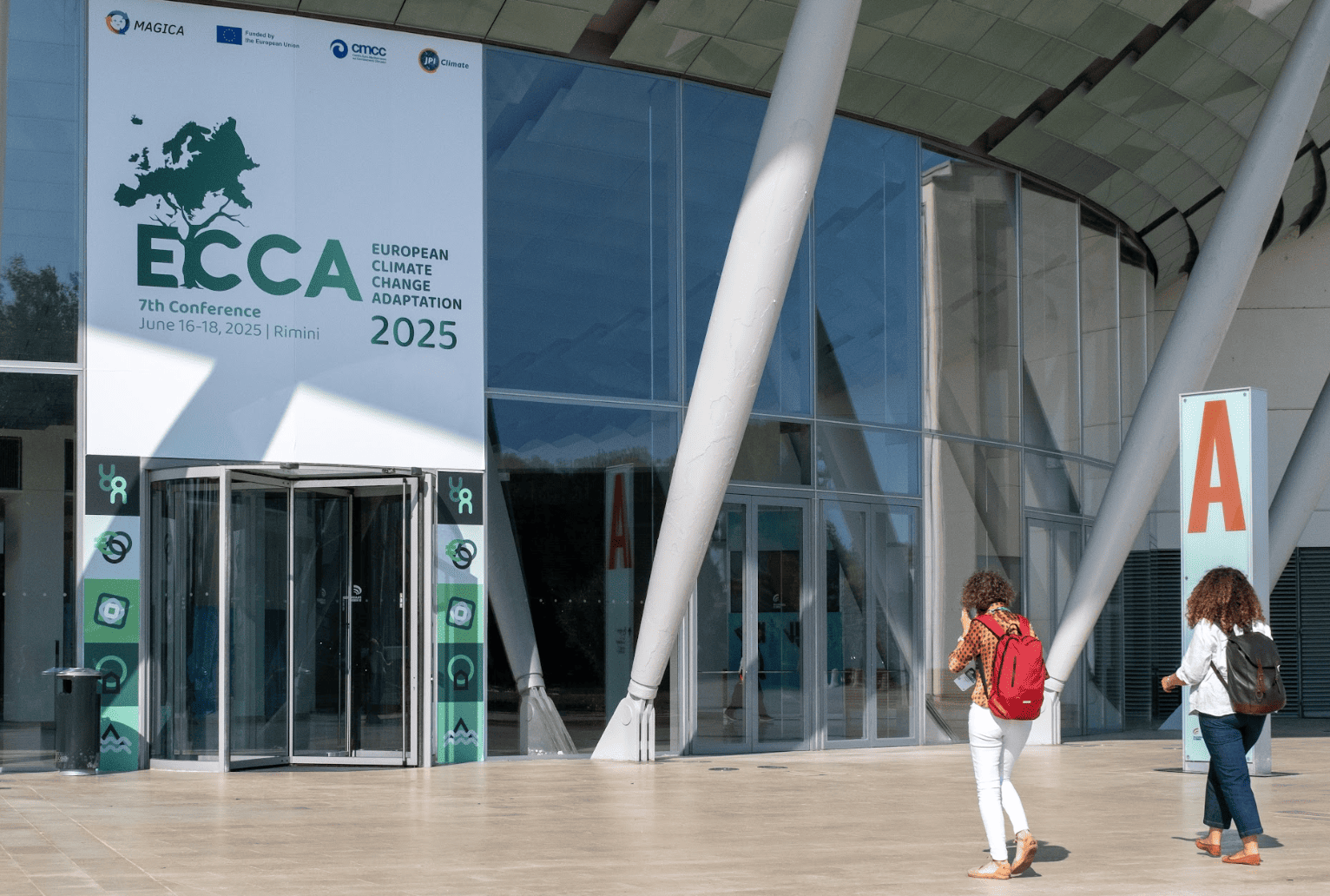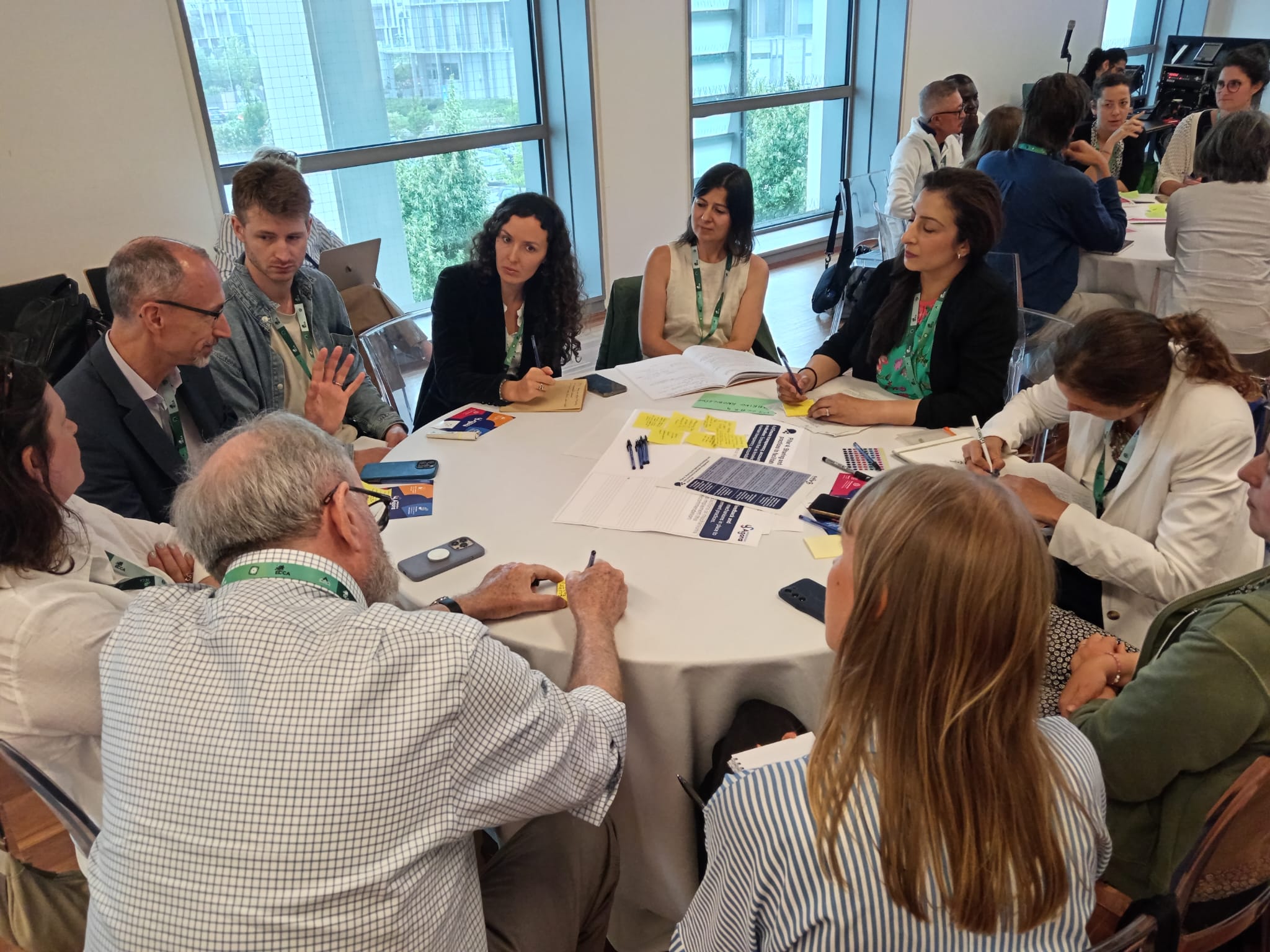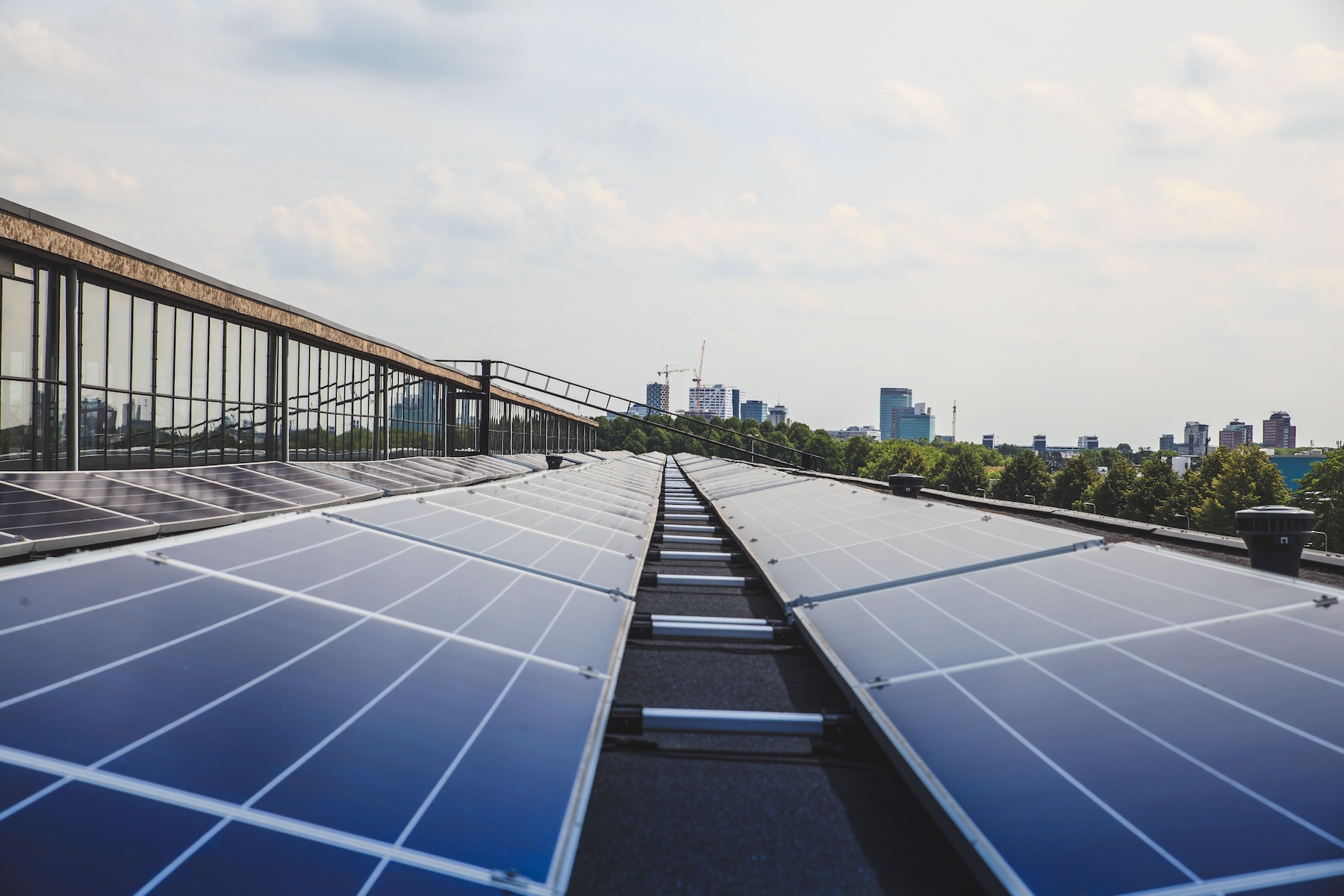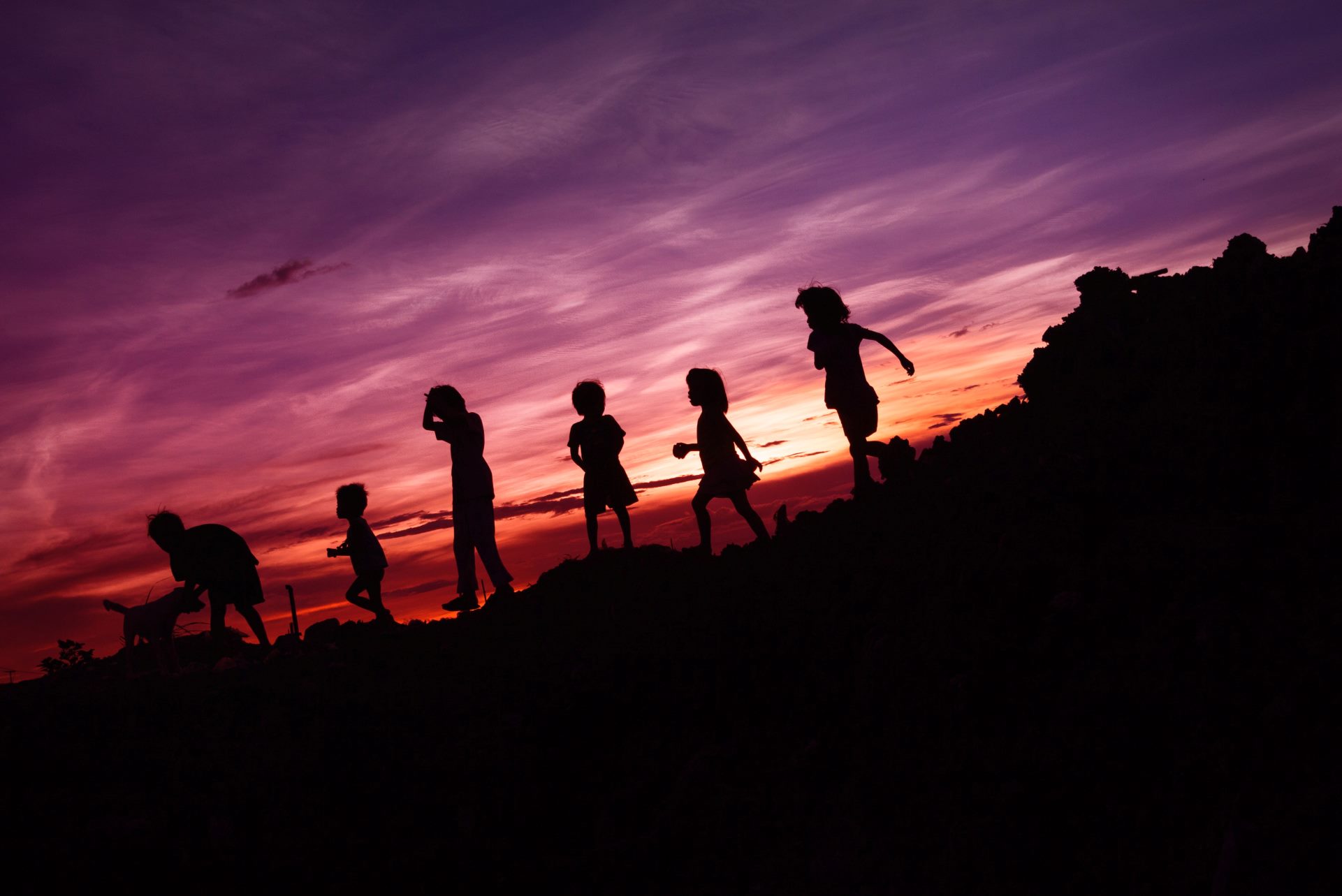The reality is that the intricacies of climate science can, at times, be tedious. Not everyone is willing to read pages and pages outlining the intricacies of carbon markets, the science behind the impact of rising sea temperatures on tropical cyclones or the true meaning behind technical terms.
However, it is also essential to connect science and society through journalism without being driven by pressure to grow your readership numbers and chase clicks.
“All publications should really know and understand their own specific audience,” explains Leo Hickman, editor in chief and director of Carbon Brief, which has been providing specialized information on climate change for the last decade.
What is it about climate change communication that you think is lacking?
In-depth explanations and a bridge between academia and mainstream journalism are the key. For example, at Carbon Brief, we don’t really report or comment on climate change, but rather we try and explain it using data and in-depth journalism. It is very important for the public to have that level of explanation because it isn’t always available within mainstream media and there is a demand for it.
How is this kind of in-depth approach different from standard climate change reporting?
When I was reporting on climate change at The Guardian I would be writing about issues such as a new academic study, and I would typically write around 800 words about that. At Carbon Brief, we choose to go much deeper and typically write between 2/3,000 words about a new study so that we can really try and drill into it and understand the full context. In this sense, we’re not really news journalists. We intentionally wait and watch what other media are covering around climate change and then try to identify some of the areas where we think there might be potential misunderstandings or even misreporting or gaps in the knowledge.
The idea is to write reference pieces or foundational pieces that fit online, and you can easily find them via Google search or browsing or whatever. A sort of ‘one-stop shop’, as we would say: the one article where you get everything you need to know about that particular issue.
On what kind of topics do you feel there is a need for these in-depth explanations?
Let me give you an example. In the run-up to the Paris Agreement, which was signed in 2015, there was a lot of talk about a potential ratchet mechanism within the U.N. agreement. This was a very technical part of the negotiations and the framework of the Paris Agreement. Not many people, or journalists for that matter, really understood what was meant by the ratchet mechanism. In this vacuum, we decided to write a long piece explaining the ratchet mechanism.
What is stopping other media from engaging in this kind of in-depth reporting?
A lot of these technical topics can sound incredibly boring and dry and, therefore, not very inviting in terms of generating reader engagement and getting people to click on that headline. Making content interesting is essential at news outlets such as The Guardian, which is essentially journalism that’s trying to provide a service within the broader knowledge of climate change, both in terms of the science and also the policy response to climate science.
In contrast, the more in-depth approach is a unique form of journalism, and there are not many other outlets that do the type of journalism that we do at Carbon Brief. However, it’s important to say we are funded via a philanthropic foundation which is an unusual position to be in as most journalism is funded through advertising or people paying for online subscriptions. Knowing that you don’t have to rely on a standard source of funding is very liberating because it allows us the freedom to spend, at times even months researching and writing one single article.
What are some of the main challenges to writing about technical issues?
The challenge sometimes is to avoid writing things that are too technical. When writers have PhDs or some form of scientific training and then transition into journalism what they write on climate can be trusted and respected, but it also has to be accessible.
To find the right balance, at Carbon Brief we found a solution which is to triple edit articles. Firstly, the author will write the article, and there will be an exchange with the editor, as there is with any form of journalism. Then the article is subjected to a long round of technical edits so that the editors can question and fine-tune the scientific explanation of the issue at hand. Then the final step is what we call the reader’s edit, whereby someone with no specific scientific training on the issue looks at the piece. If they don’t understand a sentence or a paragraph, the article is sent back to the writers in a long process which is why pieces can take many weeks to finalize.
Are in-depth pieces designed so that anyone can read them, or are they aimed at a specific audience?
It’s always important to consider who your audience is. In our case, Carbon Brief’s audience is not the same as The Guardian or the BBC or the New York Times. We have a very particular type of audience, and when we write and commission articles, we’re thinking about our audience.
To be more specific, as a bridge between mainstream journalism and academia Carbon Brief often engages with other journalists, and they talk to us behind the scenes and tell us about the main issues they have and what they don’t quite understand. This can be general themes or even specific things like a European Union policy document. We take that on board and respond by producing content such as a Q&A or an article explaining the topic specifically for that audience of journalists in mind.
At times we have even written an article for an audience of just one person. Other people may read it and find it useful but the reason we commissioned it was very, very specific and aimed to fill a certain bit of a lack of understanding within a topic.
Although this may sound quite strange, because most people may think the media should try to reach as broad an audience as possible, our policy is quite different and we don’t necessarily chase views online or clicks. In general, I believe all publications should really know and understand their own specific audience.
Who do you think is most interested in in-depth content on climate science?
Typically it’s people who are already quite familiar with climate change as an issue. This also includes journalists, policymakers, scientists, NGO workers or campaigners. Often it’s people who are involved with climate change issues in their professional lives, and in a way, this makes our work as science journalists a little bit easier because we can assume a certain amount of knowledge in our readership.
However, that’s also quite a dangerous thing to do as we need to assume a baseline knowledge and therefore figure out what needs to be explained and what doesn’t.
What are the main knowledge gaps that you encounter when talking about climate science?
The recent Intergovernmental Panel on Climate Change report produced three big working group reports. Each of them focused on a very, very important but quite different area of climate change. The first one that came out last summer focused on the physical science of climate change. Now, that is obviously very important, but it has been thoroughly explained already. Broadly speaking, we are all aware that humans are producing emissions which are changing the atmospheric composition of our planet and causing changes to the climate.
The second part of their report, which came out earlier this year, dealt with the impacts of those changes. Droughts, floods, increasing storms. All those kinds of things that, at the very basic level, a general audience already understands.
The third report is by far the most vital and interesting one. And it’s also the one that needs to be fully understood, not only by experts but by the public: what do we do about rising emissions? What are the best strategic approaches and the most cost-effective ways of reducing emissions all around the world?
The answer in China is different to the answer in Brazil, which is different to the answer in the U.S.A. or South Africa. But, broadly speaking, there are still some universal truths, including the need to move away from fossil fuels, and in particular coal, as fast as possible. Not to mention the fastest possible transition to low or even zero-carbon fuels, whether it’s nuclear or renewables or it’s techniques such as growing more forests or stopping deforestation or changing the way that we eat.
All of these subjects are hugely important and need a lot of unpacking and a lot of explaining and a lot of analysis. They all came within the third IPCC report, Working Group III. That is where most of the attention in the decade ahead really has to focus in terms of what journalists write about and in terms of what campaigners, politicians and scientists look at.
So we should start focusing more on the solutions and where they will come from?
It’s a huge, huge area. There’s so much to unpack in that. It’s vital because you have this fundamental truth, really, of climate change, which is that the poorest people and nations have created the least pollution, and yet they are the most vulnerable to the worst effects of climate change.
So, there’s a huge kind of moral question and, in a way, an injustice that hangs over how the world now responds to climate change. To put it very, very simply, richer countries which have historically polluted the most now have a moral responsibility to effectively pay for and help the poorest nations adapt to climate change as best they can, but also, to compensate them for damage done. What people refer to as loss and damage within climate change
We need to help them avoid the mistakes that we’ve made by being too reliant on fossil fuels and demonstrate that they can leapfrog to developing much more fuel-efficient and low-carbon technologies.
Is the issue of climate justice a new phenomenon?
It has hung over climate change for over 20 years. Even the Kyoto Protocol in the 1990s was very keen to differentiate between these two blocks of countries around the world: the richest and most polluting versus the least developed and least responsible for climate change.
In our journalism we focus a lot on this issue of climate justice and try to explain some of that truth to our audience through data visualizations and a lot of data journalism which lends itself to this topic very nicely because it is quite clear cut to show some of that injustice.
At the same time, we have to be careful about wagging our fingers or having an opinion so that we remain very policy-neutral . The role of our climate journalism is to just explain the facts or outline the evidence. We don’t run any opinion editorials. We don’t have a point of view. We let the data do the talking.
Is climate change the defining issue of our time?
Well, it’s humanity’s greatest challenge. I can’t think of anything else so huge, systemic, and urgent. Of course we have had global wars, pandemics and other existential threats, but if you look at climate change, it’s a story that will affect every single human being on the planet, even the ones who have not been born yet, for the rest of the century.
Although we are not on track to meeting the goals agreed upon by nearly 200 nations in 2015, and therefore to limit global warming to well below two degrees Celsius, to say that there hasn’t been progress over the last decade would also be wrong. If you asked scientists to run emissions scenarios a decade ago, we were on track for four degrees Celsius of warming by the end of this decade whereas now it’s more like 2.3 or 2.4 degrees Celsius if all countries meet their pledges.
We really do have to make some big changes but there are encouraging signs that things are progressing. We think change is slow, but change can happen very quickly if you look back at history.
The interview was conducted by Elisabetta Tola
 Leo Hickman is Director and Editor of Carbon Brief. He previously worked for 16 years as a journalist, editor and author at the Guardian newspaper. Before joining Carbon Brief, he was WWF-UK’s chief advisor on climate change. In 2013, he was awarded an honorary doctorate by the University of Exeter in recognition of his journalism. His books include A Life Stripped Bare, The Final Call and Will Jellyfish Rule the World?
Leo Hickman is Director and Editor of Carbon Brief. He previously worked for 16 years as a journalist, editor and author at the Guardian newspaper. Before joining Carbon Brief, he was WWF-UK’s chief advisor on climate change. In 2013, he was awarded an honorary doctorate by the University of Exeter in recognition of his journalism. His books include A Life Stripped Bare, The Final Call and Will Jellyfish Rule the World?

